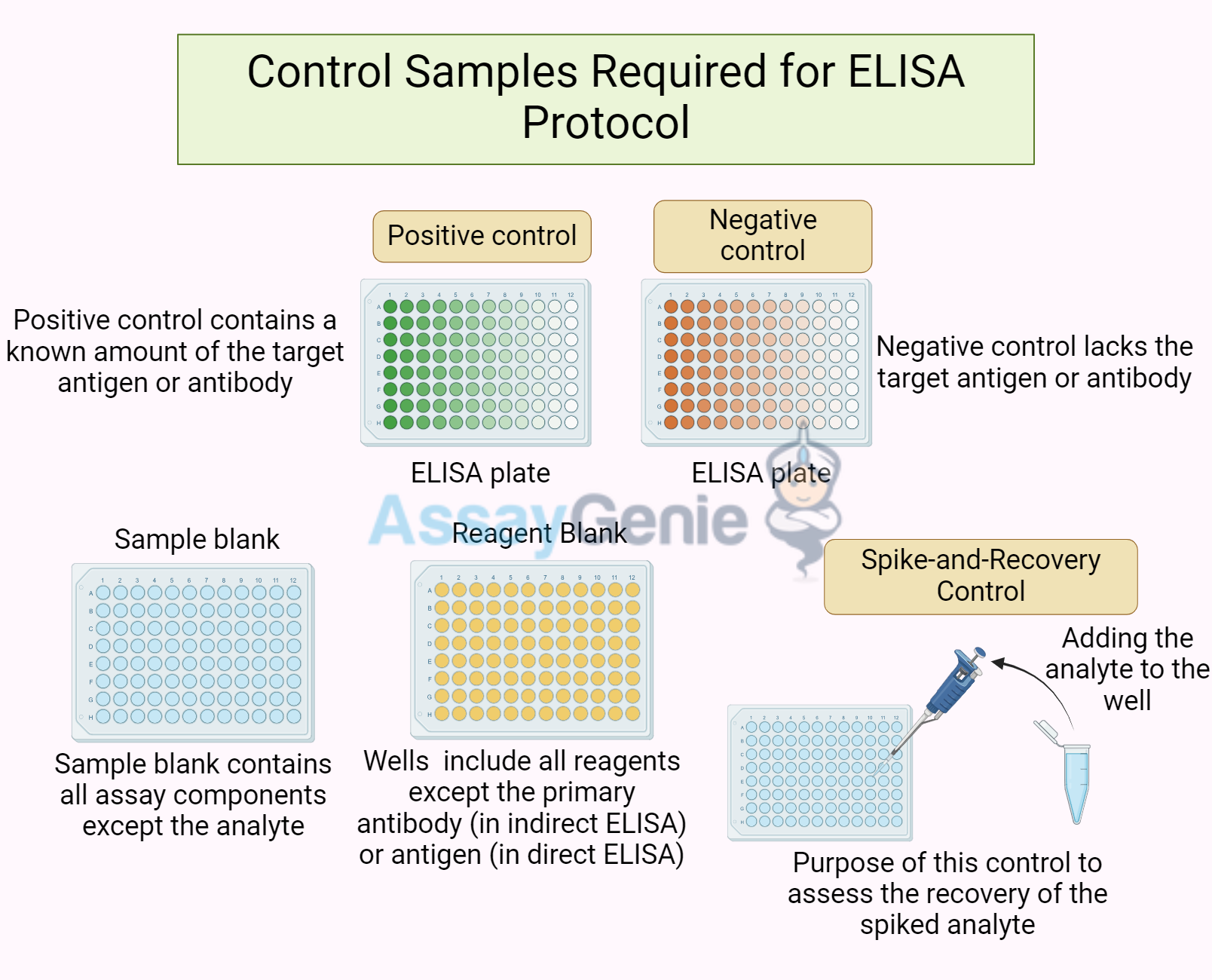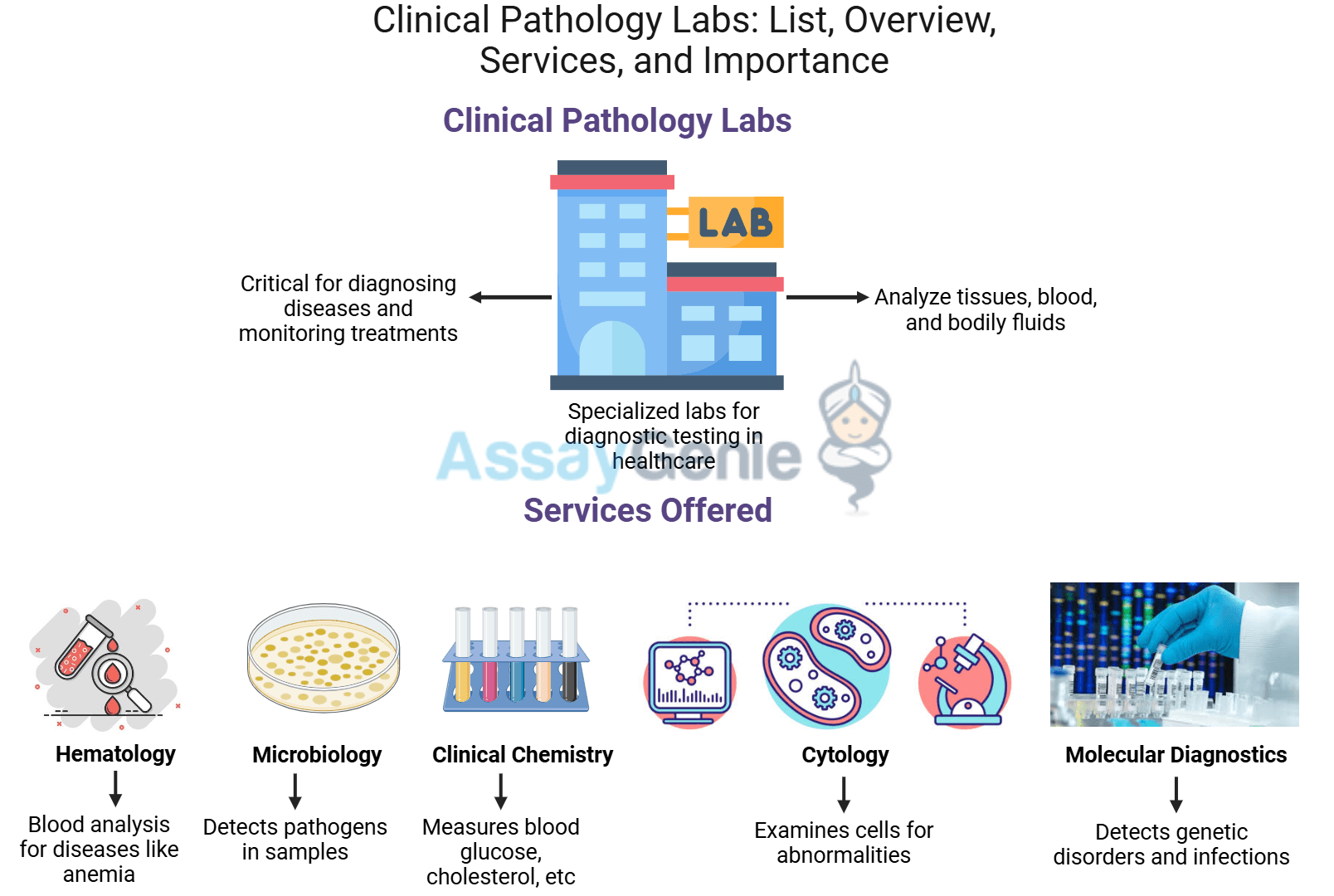Infectious Disease ELISA
Infectious Disease ELISA Kits
Quantitative and Semi-quantitative kits for Infectious Disease detection in humans & animals

Why choose Infectious Disease ELISA?

Popular Targets
Testimonials & Partners
"Assay Genie provided a critical ELISA kit that is very difficult to find on the market. Not only did this kit work dependably well, but it also provided me with the measurement sensitivity that I needed to evaluate my samples."
- Erika on Trustpilot


Thousands of Citations

ISO Certification

Quality is at the core of everything we do.
Manufactured in state-of-the-art facilities, our products meet the highest standards, including, ISO 9001:2015 certification. These ensure consistent quality, customer-focused innovation, and reliable performance in every batch.
ELISA Manufacture Pipeline

Detection Principle & Protocol
An ELISA protocol involves coating a microplate with a specific capture antibody, adding the sample containing the target analyte, and incubating to allow binding. After washing to remove unbound substances, a detection antibody (linked to an enzyme) is added, followed by a substrate solution that produces a measurable color change. The optical density (OD) is read using a spectrophotometer, with absorbance values correlating to analyte concentration.

Meet Some of the Genie Team!
At Assay Genie, we're here to help every step of the way. Whether you need guidance choosing the right product, updates on your order, or expert support after your purchase, we've got you covered.
Why is important to monitor Infectious Diseases?

- Early Detection and Containment | Helps identify outbreaks early, allowing for rapid response and containment.
- Disease Adaptation and Evolution | Tracking pathogens reveals how they evolve, adapt to new hosts, and develop resistance to treatments.
- Managing Epidemic and Endemic Diseases | Helps differentiate between emerging outbreaks and persistent regional diseases.
- Preventing Future Outbreaks | Continuous monitoring enables proactive measures to mitigate health threats.
Related Resources - Blog Posts
Frequently asked questions
Possible Cause | Possible Solution |
Reagents not at room temperature | All reagents should at room temperature from the start of the assay. Room temperature should be reached following 15–20 minutes on the bench. |
Incubation time too short | Follow manufacturer guidelines in the technical manuals |
Incorrect wavelength | Manufactured kits have optimized protocols. Make sure to use recommended wavelength. Ensure plate reader is set accurately for type of substrate being used |
Target present below detection limits of assay | Decrease dilution factor or concentrate samples |
Reagents are poorly mixed, the standard has degraded or pipetting errors.
For more troubleshooting suggestions vist our 101 ELISA Troubleshooting Tips!
























